So far, the rig can function as a monopod, with enough extension to see over a crowd, carried, and used handheld. Another extension can telescope from the rear of the Shur-Line pole, which holds a water bottle counterweight. This provides the operator the option to add water to balance the camera, head, lens, and accessories, but not have to adjust this weight if the Shur-Line pole is extended. The counterweight can simply be moved using its own extension, which has the effect of adjusting the counterbalance. The rear extension can also add height to the rig in monopod mode.
Also attached to the above rig is a tripod plate, so the monopod rig can be mounted upon a tripod. I used a tripod that is sturdy, and heavier than my most lightweight tripods, but is still lightweight enough so the entire rig can still be carried. Everything also packs up very small when disassembled. The rig can be operated from the camera side of the pole, or from the counterweight side with the aid of the head's tilt extension and another extension that controls the supporting tripod's pan and tilt mechanism.
The rig is extremely versatile, and has great benefits for documentary and Electronic News Gathering video. The rig also allows a stable platform for photography at interesting angles, such as overhead shots and macro photography. The artists who will get the most use out of the rig are those who shoot with tethered cameras. That means that the camera is controlled remotely, and usually with more creative control than remotely triggering the shutter. I am able to control my Nikon D5200 DSLR with my Android phone or my netbook. On Android, I use DSLR Dashboard or Helicon Remote. I use a Wi-Fi dongle, but a natively Wi-Fi camera like the Nikon 1 V3 would also be able to leverage the options of tethered shooting.
 Ross Bochnek
Ross Bochnek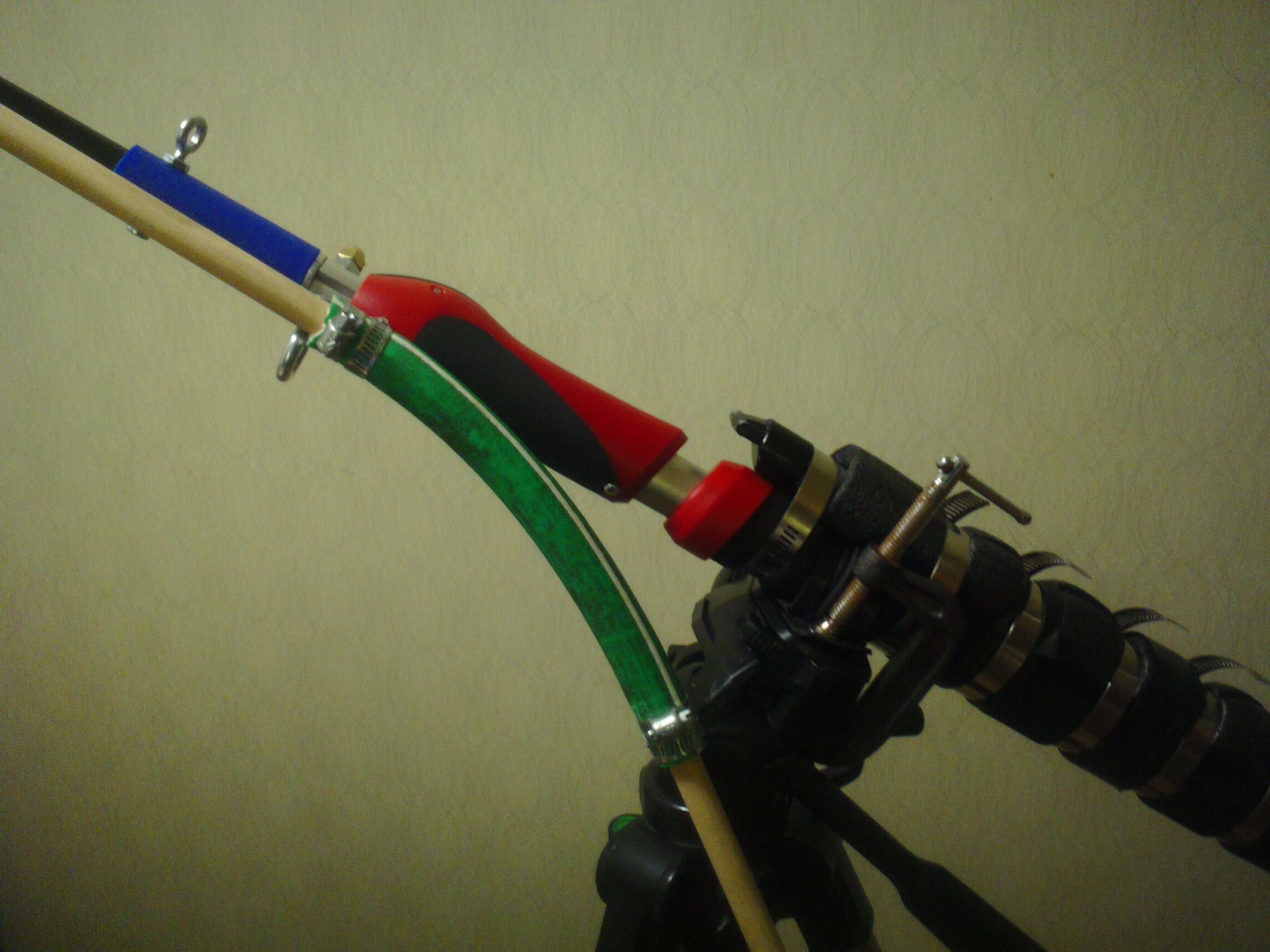
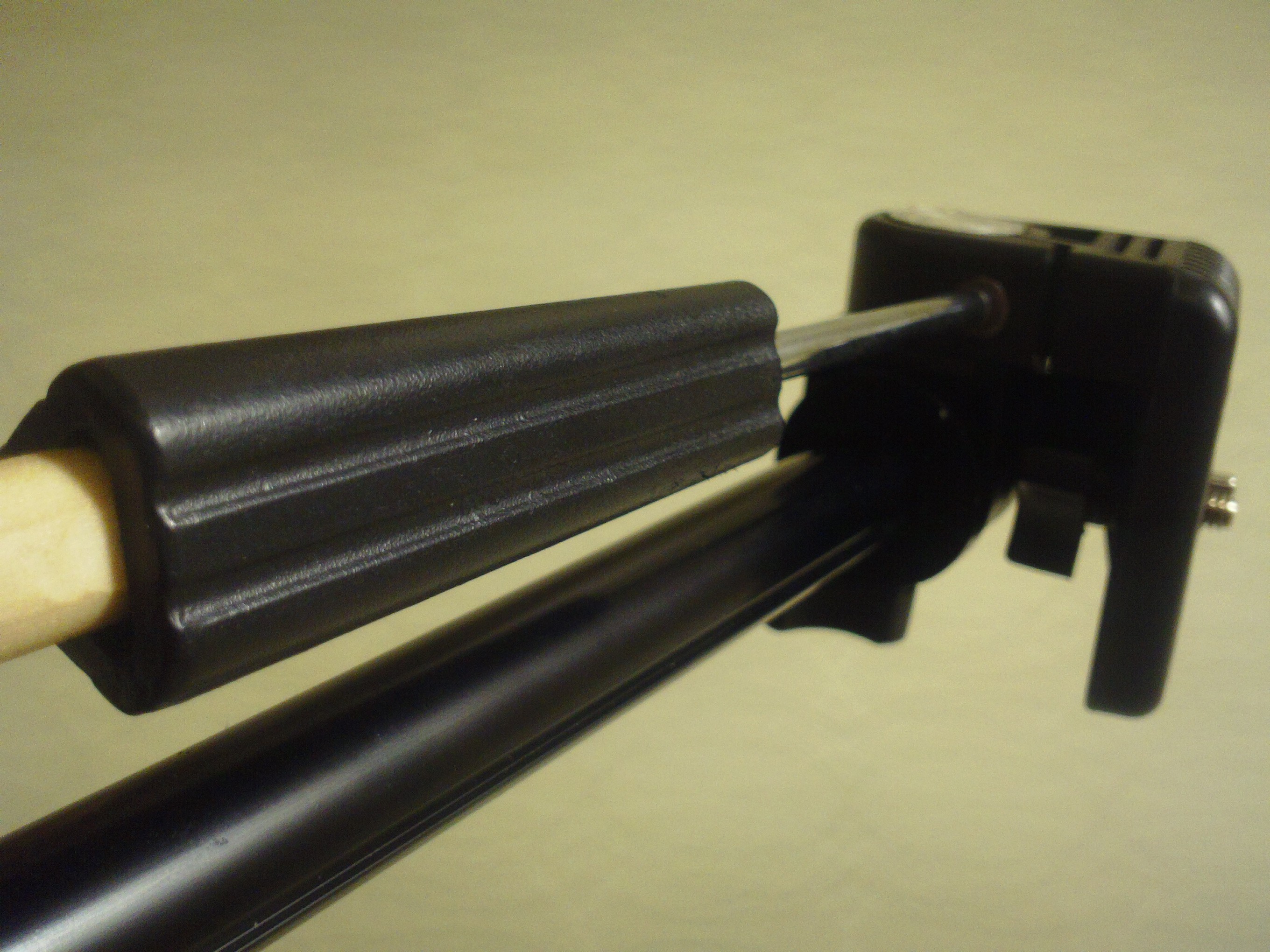
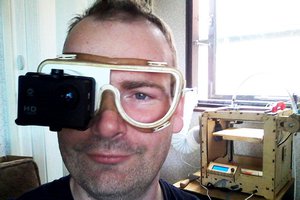
 Hans de Bruin
Hans de Bruin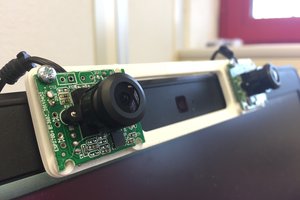
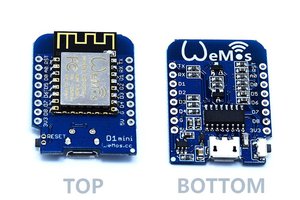
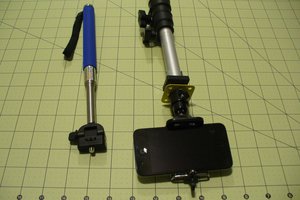
 Steve Schuler
Steve Schuler